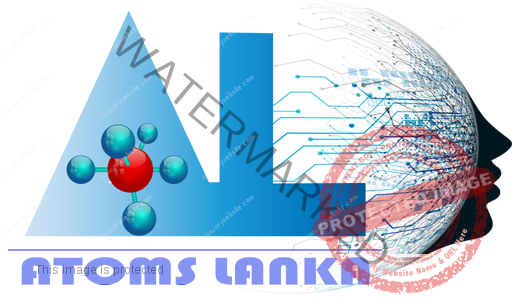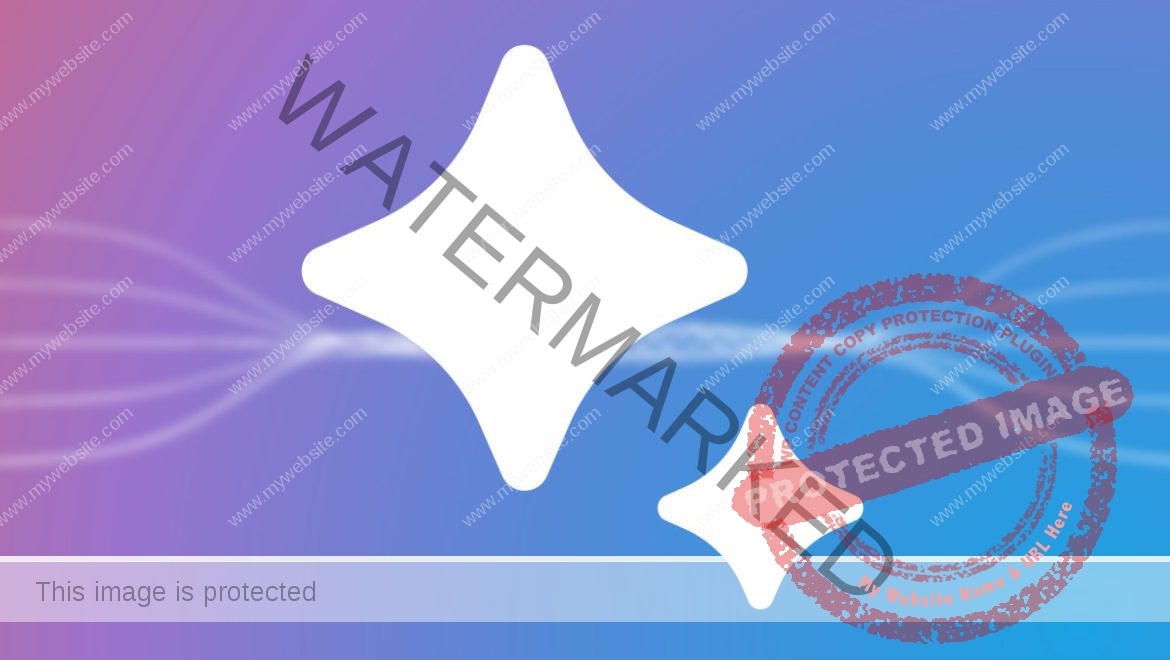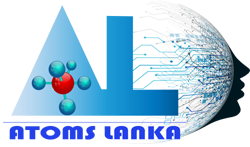Google rolls out new vacation-planning features to Search, Maps, and Gemini | TechCrunch
[ad_1]
Google is rolling out a slew of new features — some powered by AI — across Search, Maps, and Gemini that are designed to help people plan their summer vacations. The new features arrive as users have been turning to tools like OpenAI’s ChatGPT for help with planning trips. Google Search’s AI Overviews, which display […]
[ad_2]
Software Development in Sri Lanka











